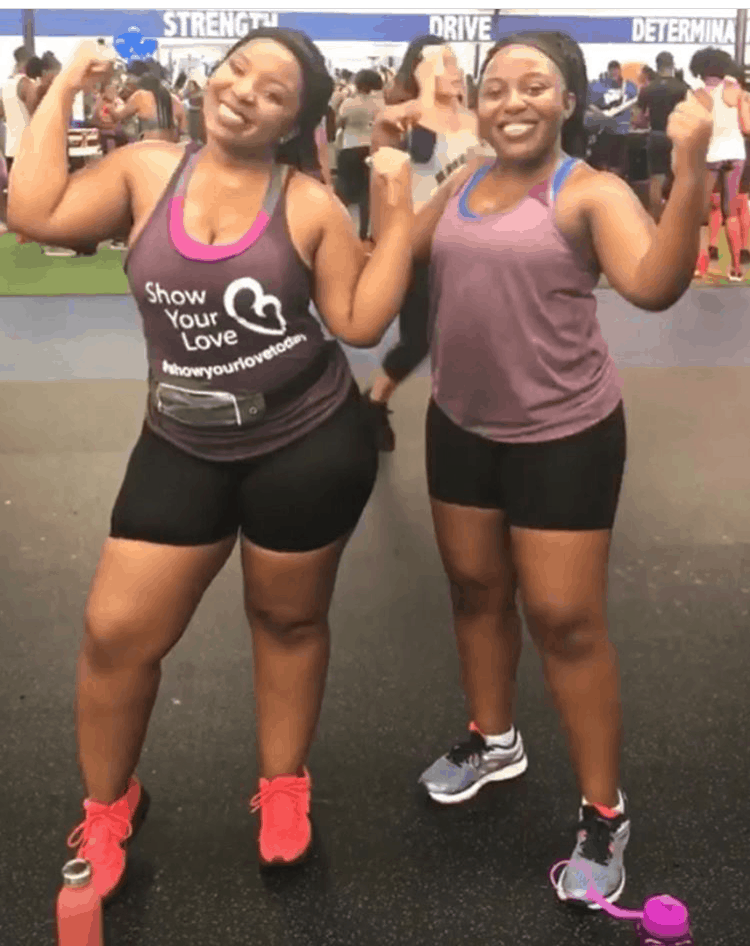
It can be a challenge to find time to work out during the week. There are so many reasons that exercise can be difficult to get done, but it is something that has immediate and long-lasting benefits. Sometimes getting started is the hardest part. Working out doesn’t have to feel boring, take too long, and cost a lot. We will provide you with resources to start and stick with a workout routine.
It is also important to remember that exercise doesn’t have to be all at once. Find small windows of time in your day to make moving a priority. Daily movement is good for the mind and for your wellness! Exercise can reduce your risk of chronic diseases and keep your weight in check. Knowing your limits is important so you keep your body protected and not overdo it. Too much exercise can be harmful!
Walking at least 30 minutes a day can ease depression and help you both feel more awake and sleep better. Most smartphones can help track your steps. Challenge yourself to take at least 10,000 steps each day. If there are days you are glued to your desk or car, remember that any movement is better than none – even 10 minutes of brisk activity several times a week has health advantages.
As you think about your food intake, daily activity, and health goals, read this article about how much exercise your body needs each day. Then try this “Get Moving!” Exercise calculator for personalized information about how long you’ll need to move to balance calories in and calories out. Remember that these calculations are only estimates. To learn more about your exact needs, talk to a health care provider.
Put Your Body into Motion!
Consider simple ways to add more movement into your everyday life: take the stairs, do a lap around the office building, encourage “walking meetings” when appropriate, take the parking spot a little farther away, and even add in a few push-ups before your shower. These little routines can add up!
For at-home workout ideas, look into resources like Fitness Blender, Sweaty Betty YouTube has many free workout videos.
Most smartphones track daily activity. If you aren’t able to track using an activity tracker, there are free mobile apps to help with activity tracking. To find what works best for you, look into these free apps: Map My Fitness, 7 Minute Workout, Freeletics, ClassPass, and Nike Training Club. If you’re deciding between different apps, check out this Healthline app review. Consider WorkIT, RunKeeper, Strava, and Garmin Connect. Some of these are free and others have a small subscription fee. Many programs offer 3-month free trials, such as Peloton, BeachBody, and Apple Fitness (where you can sign up and try at-home bodyweight routines).
Some employers and health plans offer discounts for gyms or other stay healthy options. Read the fine print. While gyms can be expensive you can always ask if they have a sliding scale. And some gyms run specials that can make the cost very reasonable.
These days some gym memberships can cost as little as $10 a month. There are lots of online training programs you can do from home. Talk to your local running store to get information about great places to walk in your city or near you. And Parks and Recreations in your community will also have many resources for you to move your body and stay strong!
Common misconceptions: Exercise is time-consuming and can be expensive. Not true! Exercise doesn’t have to happen all at once; find small windows of time in your day to make moving a priority! Walking at least 30 minutes a day can ease depression and fatigue, reduce your risk of chronic diseases, and keep your weight in check. The American Heart Association recommends Americans aim to take 10,000 steps per day. Studies have shown that the fitness of both women and men reduces their risk of many chronic conditions and can improve the health of any children they may wish to have in the future.
Interested in getting pregnant? Talk with your health provider about how to safely begin or continue your exercise routine. Exercise is healthy for baby! It is important to stay active during pregnancy, but be sure to talk with your provider about ways to safely do so.
Everyone deserves to have a safe place to walk and play, but the lack of green spaces, hyper-surveillance by the police, air pollution, and neighborhood violence make it challenging for many poor communities and communities of color to access spaces to safely exercise. You can find parks in your area using this ParkServe resource.
Learn more about public green spaces and environmental justice with the “We Act for Environmental Justice – Public Green Spaces: Racism, Heat, and Barriers to Access” resource page.